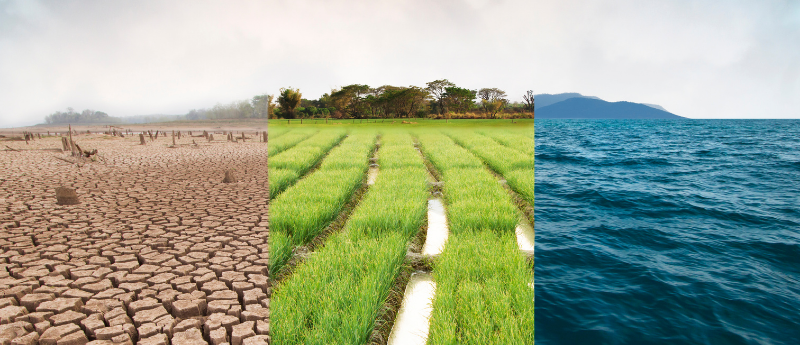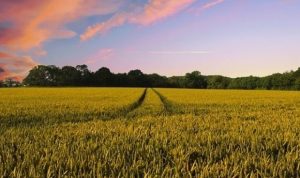Can we feasibly curb climate change?

Researchers have created a model to assess the suitability of nature-based solutions for curbing climate change to benefit future generations.
It is widely accepted that projects to mitigate climate change and combat biodiversity loss via protecting ecosystems are needed, but how to do this is still up for debate.
A team from the University of Oxford (UK) have developed a model to analyze the potential of nature-based solutions (NbS) for such global challenges. These solutions concentrate on how much carbon can be removed from the atmosphere and the model employed allows the team to determine how this will help to reduce global temperatures and the effects on global warming.
“The starting point for this research was gaining a good estimate of the potential emissions reductions possible with investment in cost-effective NbS projects globally. There is a wide range of estimates available in the literature for this, and we relied on the expertise of several of our authors to qualify the potential contribution of NbS globally. Having determined this, we used the FaIRv1.0 simple climate model to estimate the contribution to temperature reductions in excess of a given global mitigation effort. We wanted to estimate the additional benefit of cost-effective NbS deployment assuming a global mitigation effort was made (either current policies are maintained, 2.0°C is met of 1.5°C is achieved),” explained second author on the paper, Stuart Jenkins (University of Oxford).
The researchers focused on temperature in their analyses as this is used in The Paris Agreement and therefore a globally recognized metric for measuring global warming and climate change.
 Manipulating crops to cope with climate change
Manipulating crops to cope with climate change
As global temperatures rise and regions become exposed to increasingly extreme conditions such as droughts, the need for hardy, water-efficient crops grows. Through the study of leaf stomata, research teams from the UK may have found the key to blow a breath of fresh air into plant sciences.
Jenkins further commented on what the study means for the field:
“The work provides context to often divergent claims made about the potential contributions of NbS to climate change mitigation. While some claim that cost-effective NbS can act as a silver bullet, others argue that unproven reliance on NbS could lock us into a high warming future as NbS offsets fail to deliver on promised reliability. This work shows that peak warming reductions are small with NbS implemented in the most ambitious 1.5°C-consistent mitigation pathways, as there is limited time available for NbS to contribute. However, this doesn’t mean that NbS doesn’t contribute, rather that the greatest rewards come by investing to implement NbS quickly and protecting it throughout the 21st century.”
The mitigation efforts, if successful, have the potential to stop the deforestation of up to 270 million hectares of land, could restore 678 million hectares of ecosystems and improve the land management of 2.5 billion hectares by 2050. This includes improving techniques to manage agriculture, food production and natural fuel production.
The team stress the importance of these NbS being in place for extended periods of time to be successful, taking into account changing ecology and socio-economic variables, so that the benefits can continue to be seen for generations, with the hopes of a cooler planet for the future.